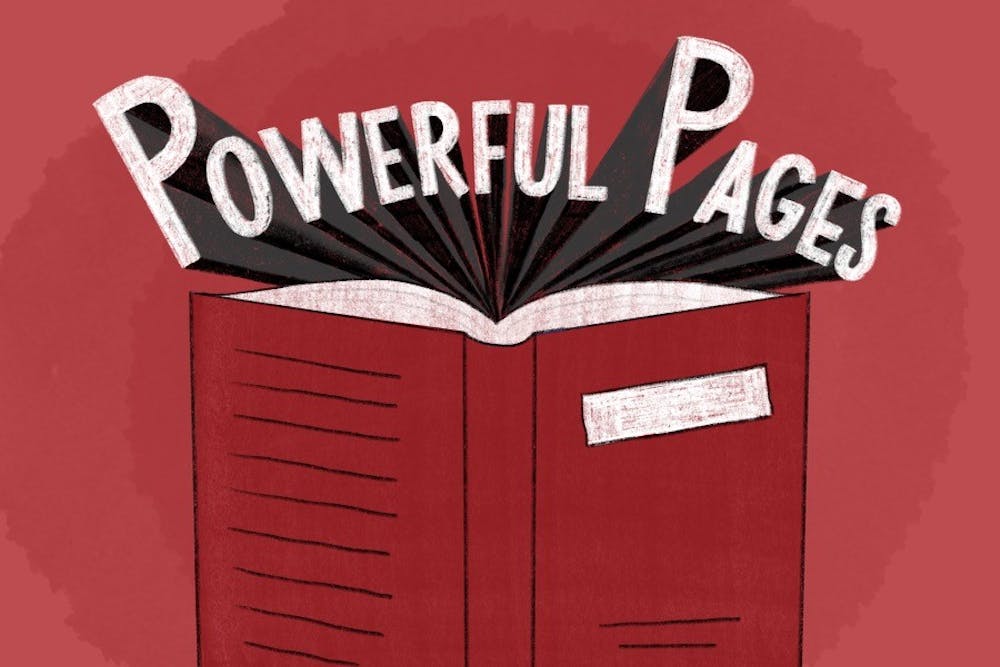Editor’s Note: This review contains mention of domestic abuse and sexual assault.
What’s the perfect recipe for a good book? According to the New York Times Best Sellers List, it’s kindergartners, rich moms and murder. Liane Moriarty’s 2014 novel, “Big Little Lies,” proved that, taking readers on a riveting journey of discovering how an elementary school party ends in death.
“Big Little Lies” follows the lives of three women: Madeline, Jane and Celeste, who all have kids in the same kindergarten class in Sydney, Australia. Despite their differences, the three women grow close in a series of events that lead up to the climax of the story at a costume party fundraiser for their childrens’ class.
The novel was instantly popular upon its release, rising on the New York Times bestseller list and receiving the Davitt Award in 2015. HBO Max adapted the book into a 14-episode, two-season television series which premiered in 2017. Starring big-name actors such as Nicole Kidman, Reese Witherspoon and Shailene Woodley, the first season plays out the events that the book reveals. The show was also largely popular among fans and critics alike, receiving 21 Emmy nominations and winning eight. Although the show does cover the overarching plot line of the book, there are many differences between the show and the book to keep fans entertained.
What makes this murder mystery so captivating is that readers must guess the identities of both the killer and the victim. The story works on a split timeline, switching back and forth between the murder scene discovery and the events leading up to it. Moriarty does a wonderful job of creating multiple viable suspects for both the victim and the perpetrator, which makes the final reveal even more dramatic.
Despite a plot that leaves readers on the edge of their seats, the shining star of Moriarty’s writing is in the way she addresses social issues. Each of the women described in the story has their own complicated and often tragic backstories detailing certain issues women are facing in society.
Moriarty dives into domestic abuse through the characterization of Celeste. Celeste lives a seemingly perfect life filled with love from her adoring husband and twin boys. However, behind closed doors, her “adoring” husband Perry both physically and verbally abuses her. Through Celeste’s character, Moriarty details the struggle women in abusive relationships face when trying to leave the relationship.
Jane’s backstory includes reference to her being a survivor of sexual assault, which leaves her a single mother to her son, Ziggy. Moriarty uses Jane to encapsulate the fear that many women face after they are attacked or assaulted. Jane is constantly tormented throughout the book, riddled with fear that her attacker will return again and try to take her son from her.
Moriarty also highlights the struggles of family dynamics through Madeline's journey. Madeline is resentful and hurt because her daughter decides to permanently live with her ex-husband and his new wife. Moriarty uses this conflict to dive deep into complicated and nontraditional family structures.
Through her use of dramatics and in-depth presentation of social issues many women face, Moriarty creates an important story that has captured the hearts of many.





